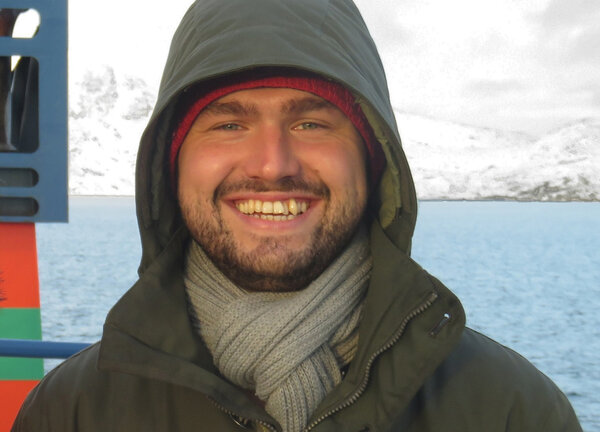Sea blog
Walther Herwig III, 440th cruise
Karl-Michael Werner
Duration: October 5 to November 23, 2020
Survey area: North Atlantic
Purpose: Abundance estimations of demersal fish species (espercially cod and redfish) and oceanographic/climatologic investigations in Greenland waters
Cruise leader: Karl-Michael Werner, Thünen Institue of Sea Fischeries
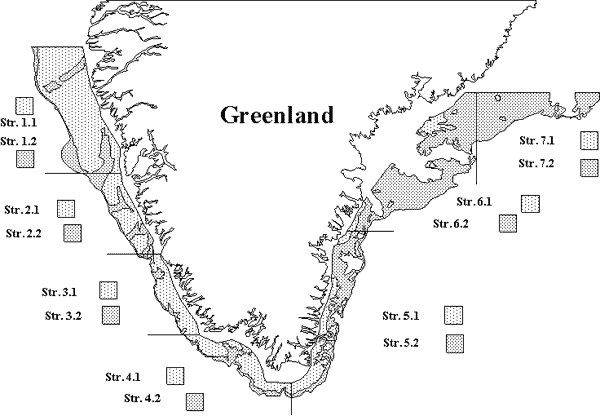
The research programme of the 440th cruise incorporates fisheries biological investigations of of the cod and redfish stocks as well as other ecologically important demersal species in Greenland waters. They will serve as a basis for developing improved management and exploitation strategies.
Tasks during the voyage:
- Studies on the dynamics of the cod stock: Approximately 80 hauls are planned, half of which will be distributed among the sub-study areas (Strata; see figure).
- The remaining hauls will be carried out proportionally according to the average historical abundance of cod in the strata.
- Data collection on caught cod, sampling of ear stones, stomach contents.
- Studies on the dynamics of the redfish stocks. Studies on the demersal community.
- Hydroacoustic studies.
- Oceanographic studies.
- Plankton surveys.
Cast off in Bremerhaven! We left Bremerhaven with the research vessel Walther Herwig III on the 5th of October in order go to Greenland. “Science for sustainable seas” is again the annual motto of the expedition to East and West Greenland waters, where we monitor the stocks of cod and redfish. These results will contribute to the scientific fishing quota advice necessary for a sustainable use of marine resources.
The first five days of the expedition went well and the weather was fine for most of our path through the North Sea and the North Atlantic. Hence, everybody is optimistic that scientific sampling in East Greenland will begin on time. The scientific crew from the Thünen Institute of Sea Fisheries is complemented by a student from New Zealand this year, who will collect samples for the Alfred-Wegener-Institute. Using these samples she will investigate the role of jelly fish in sub-arctic food webs.
With best wishes
Karl-Michael Werner (chief scientist)
Although we are at sea, Covid19 is of course also a relevant topic for us. All members of the crew were tested prior to the expedition, a hygienic concept is in place and we have a ship doctor, who always takes care of us. We are in good hands!
We began scientific sampling on time on October 11th. The first catches with cod and redfish were made on Dohrn bank in East Greenland. The largest cod individuals were larger than one meter, true giants! This year’s main task is to provide the scientific basis for fishing quota advice. We investigate both, how much fish there is and how fish stocks quantitatively change over time and how the age composition of the stocks changes. It is important for us to find out, how many immature and how many mature fish the stock consists of to draw conclusions about the reproductive potential. Both aspects are part of our annual scientific quota advice. Using our data, which date back to the early 1980s, we can retrospectively calculate, how the stock size has changed and how much can be caught sustainably each year.
However, this is not as easy as it sounds. The spatial structure of a fish stock changes over time, because eggs and fish larvae drift with ocean currents and adult fish move around. That’s why the same spawning ground does not contribute equally to the reproduction. For example, we observed that cod larvae can drift from Iceland to Greenland in particular years, which affects the structure of the local stock in East Greenland. This is just one of the challenges we have to face as fishery biologists, when we try to incorporate these changes into our annual calculations in order to provide scientific quota recommendations.
What sounds like a swimming drop of marmelade at first glance is just the scientific expression for a group of organisms everybody knows and most of us have had undesired contact with before: Jellyfish!
Charlotte Havermans is the leader of a new junior research group at the Alfred-Wegender-Institute, which investigates the role of jellyfish in polar ecosystems. Ayla Murray, a masters student from the University of Bremen, is part of this group and on Board of Walther Herwig to collect samples and look at the function of jellyfish in Greenland ecosystems.
In changing marine ecosystems, which are impacted by climate change, deoxygenation and fishing, jellyfish have for a long time been considered to be an ecological “dead end“: They are one of the few organisms, which are resistent to many environmental changes, but more or less useless in the food chain, because they are not eaten by other animals. However, this opinion is about to change. Now we know that more than 50 fish species as well as sea birds and penguins eat jellyfish. At the same time, jellyfish can directly affect populations of other aquatic organisms, because they are predators.
On board of Walther Herwig, we are this year investigating whether jellyfish are really not eaten by subpolar fish species and what effects jellyfish could have on fish larvae. These are the two central research questions to be investigated as part of the new collaboration between the Thünen Institute and the Alfred-Wegener-Institute.
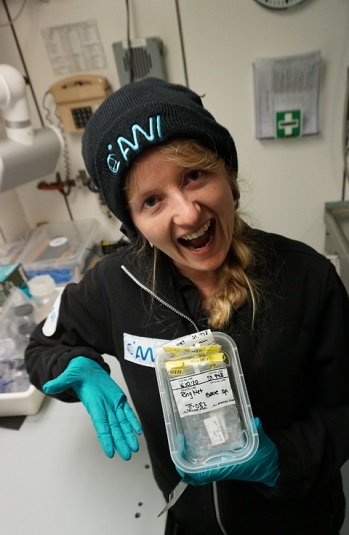
October 18th, Walther Herwig III, oceanographic laboratory, 2:30 at night: Ayla Murray and Jana Bäger lift the heavy plankton net on board. The so-called „Helgoländer Ringtrawl“ has been towed for 15 minutes behind the ship through upper water layers of the subpolar North Atlantic.
It is a cold and windy night, but Ayla, Jana and the deckhand understand each other already perfectly. In order to operate the net safely on deck, they use their arms and hands to give each other instructions. Like a well-oiled machine! Tension rises, as soon as the net comes on board. We are asking ourselves which organisms came to the surface at night. Vertical migrations are a well-known phenomenon in the world’s oceans: Organisms remain in the deep during the day to escape predation windows of visual predators and come to the surface at night to feed. Here, in surface layers, they prey upon even smaller crustaceans and algae.
The first look at the catch gets us exciting: a colourful mixture of moving, eating and swimming creatues and in the middle of everything, Jellyfish! Ayla picks out every jellyfish individually, takes a photo and puts it in a plastic bag to freeze it later. However, we have not only caught jellyfish but also small crustaceans, such as krill. After the fifth successful plankton haul, Jana and Ayla call it a night and fall exhaustedly into their beds. They now have time to dream of the freshly baked buns in the next morning.
Golden redfish or deepwater redfish? Polar sculpin or Atlantic hookear sculpin? These are just two of many taxonomic questions we regularly ask ourselves in the laboratory. When the crew hauls up the catch, we do not only find fish species, which are easy to identify, such as Atlantic cod or Atlantic halibut, but also species, where we need a second look for a correct identification.
Although we mainly investigate commercially exploited species, such as cod and redfish, we usually catch a colourful, subpolar mix of many different fish species. In order to provide advice for fishing quotas, we need samples and data of the commercial target species. But why are all species relevant and not just those, which end up on our plates? Because they show us, how ecosystems change.
Climate change affects the distribution of fish species and the composition of fish communities. Many species, which are for example distributed in the North Sea, move northwards, because the rising temperature creates new habitats there. Accordingly the size of the remaining habitats for arctic species decreases and these cold-water specialsts must retreat to the last refuges. Hence, fish species serve as indicators for environmental conditions. That’s why every single species is important to us and can tell us something about the state of the ecosystem and the impact of climate change on our oceans.
Besides science, quite different events can also determine the daily routine. On October 21, the Walther Herwig picked up a message that a Greenlandic tugboat with barge was in distress at sea 140 nautical miles away. We set sail at full speed and reached the damaged ship, which was drifting towards the coast with a crew of three, just in time. Despite a storm, we managed to tow the ship safely to the port of Qarqatoq. Further information can be found in a communication from the BLE.
Ahoy from aboard the research vessel Walther Herwig III! We are Marsha, Vivien and Paul – students of the Bremerhaven University of Applied Sciences in the course of study Biotechnology of Marine Resources. Some of us have already gained experience at sea, but fisheries biology research is relatively new to us.
The six-day crossing across the North Sea to the first station was surprisingly calm. This allowed us to get used to the movement of the vessel and we were spared sea sickness completely. Thus, we were all motivated to process the first catches.
We can tell you: Five to seven fishing hauls a day are exhausting! However, after a few days we had settled in and were able to work well as a team. The working atmosphere is very pleasant and also the cooperation with the crew on deck works almost smoothly.
The food on board is excellent! Vegetarians also get delicious creations prepared by the cooks Olaf and Christian. Even the fruit has not run out yet!
Since each of us has got a single room, we enjoy meeting in the common room in the evening to talk, play games or watch films. The last movie night, however, was interrupted by a call from the bridge – Polar lights! For most of us it was the first time. Northern regions not only bring this beautiful phenomenon, but also icy winds, snowfall and small icebergs in the water. In the evening, the women like to use the on-board sauna to warm up, while the men enjoy themselves with Skat or Kniffel.
Also the weather has not disappointed us so far. When the sea is calm and the sun is shining, the scientific crew likes to meet on the top deck to look out for whales, dolphins and sea birds. We have already spotted dozens of fin whales and some bottlenose dolphins around the ship, which were obviously on the hunt – this was proven by a large amount of krill in the following haul.
So far something exciting has happened every day. So we are most excited about the second half of the trip.
Greetings from the icy north!
Marsha, Vivien and Paul
The weather in November is unpredictable and stormy in West Greenland – also this year. 50 meters per second wind were measured on November 3rd in the capital Nuuk. This was even too much for well-secured containers in the harbour. The weather conditions caused a break, so we could visit the capital and even got an invitation to the Greenland Institute of Natural Resources. Exciting!
Of course we are not the only ones, carrying out research on fish stocks in Greenland waters. Also the Greenlandic side collects data on cod, redfish and Greenland halibut in order to provide scientific recommendations for fishing quotas. This means collaboration across borders! We all share that we are trying to interpret facts and observations. Fishery scientists like us observe fish populations: Sometimes there is more fish, sometimes there is less, and fish often make our lives pretty difficult. For example, they change their distribution, due to better conditions somewhere else. But of course, they usually do not tell us in advance. Unbelievable! To conclude, the only option we have is to go back to Greenland every year to find out, where cod and redfish are currently distributed.
In Nuuk, the colleagues at the Greenland Institute of Natural Resources gave us a warm welcome. We have collaborated for many years now, so we are often not only colleagues but also friends. Where exceptional science meets with friendship, unexpected synergies can arise; one of the basic requirements for scientific progress. Time to make friends!
After six exhausting, exciting and interesting weeks we are now on our way back to Bremerhaven. Coming home after a long expedition always means that you are happy and sad at the same time. Research at sea is exhausting. We have little privacy, and bad weather often doesn‘t allow us to sleep: Stormy nights are tough and adventures are a lot of work!
However, we successfully mastered the many challenges of a subpolar expedition in autumn. This is not only part of our job, but our passion. In order to work constructively on a ship, a lot of discipline is required. I thank the crew of the Walther Herwig III for excellent collaboration. We were able to collect a lot of valuable data for our scientific fishing quota recommendations and ecological projects. We also caught a lot of jellyfish and can soon begin working on exciting research projects together with the Alfred-Wegener-Institute.
On every cruise I make many new experiences, which are important for me to grow as a person and as a scientist. Goodbye and take care!
Karl-Michael Werner

![[Translate to English:] Die wissenschaftliche Besatzung der 440. Reise auf Deck [Translate to English:] Menschen an Deck der Walter Herwig 3.](/media/_processed_/4/1/csm_Bild_1_bdba2d7005.jpg)
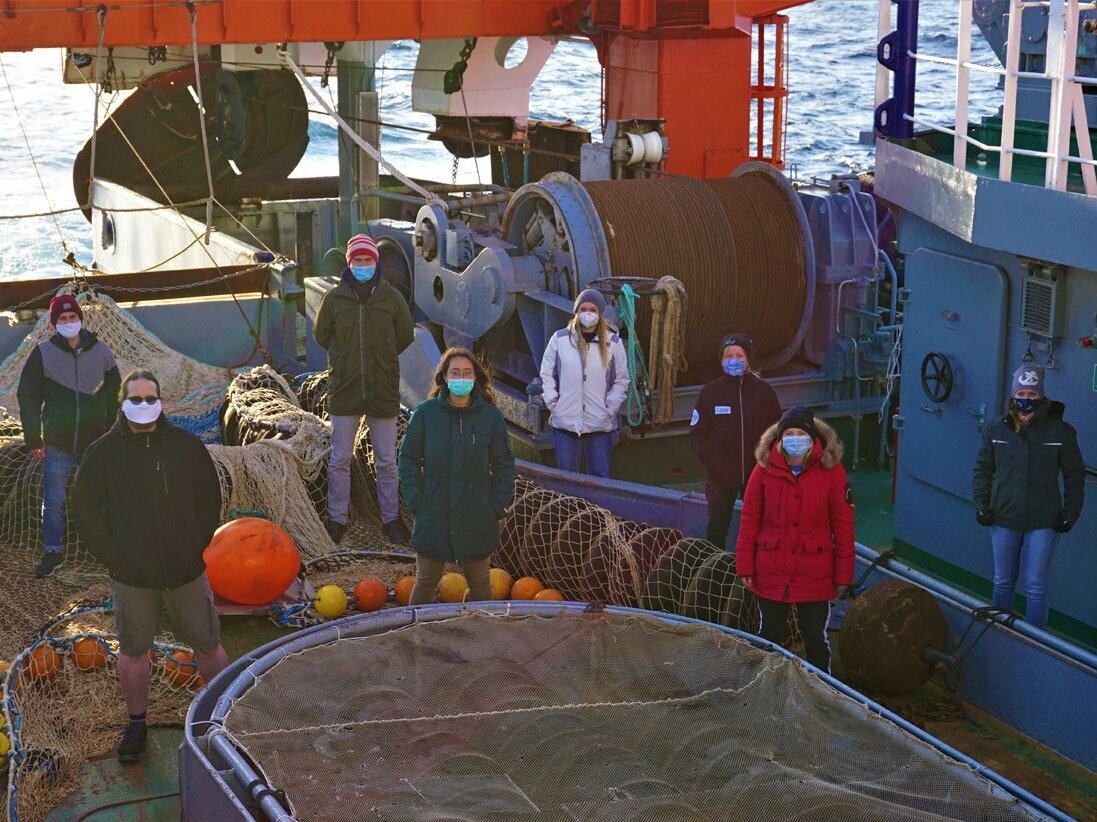
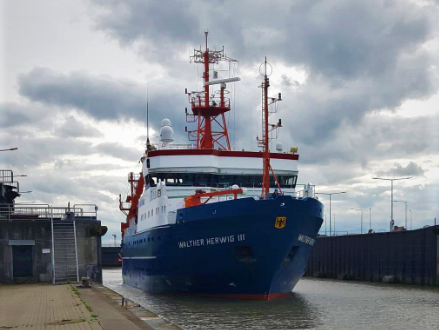
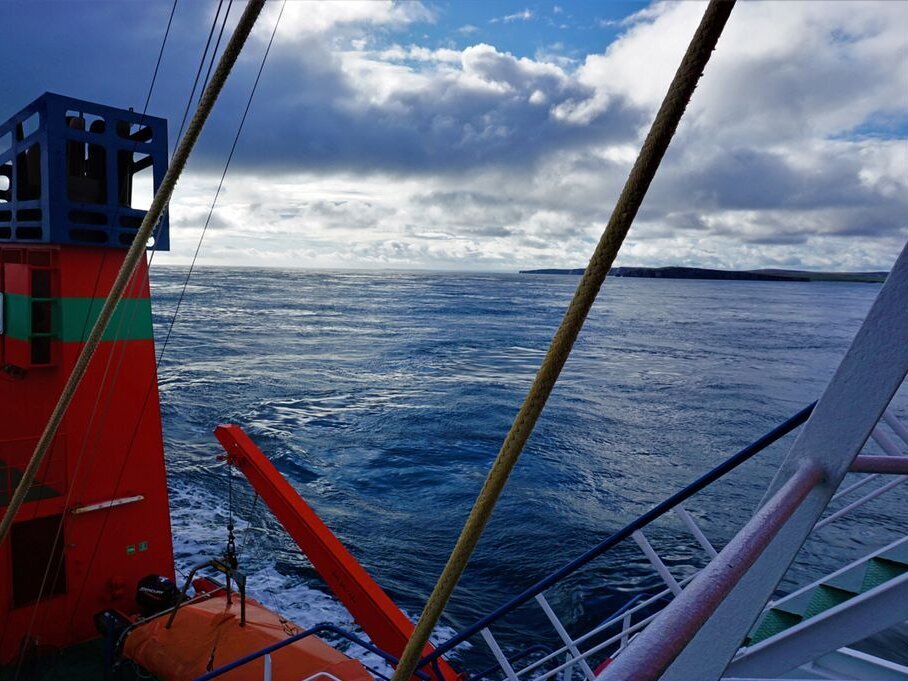
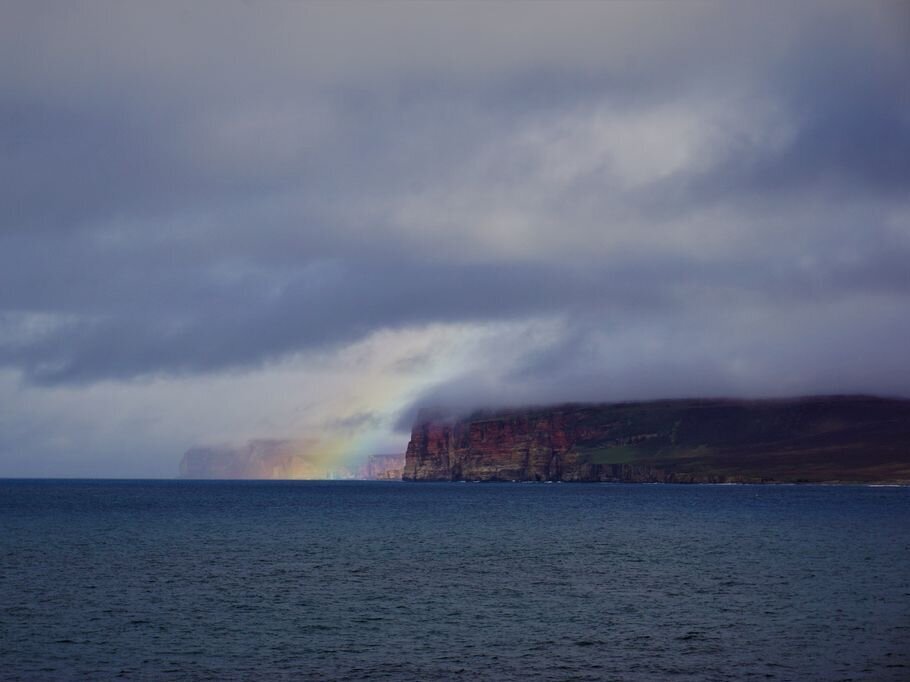
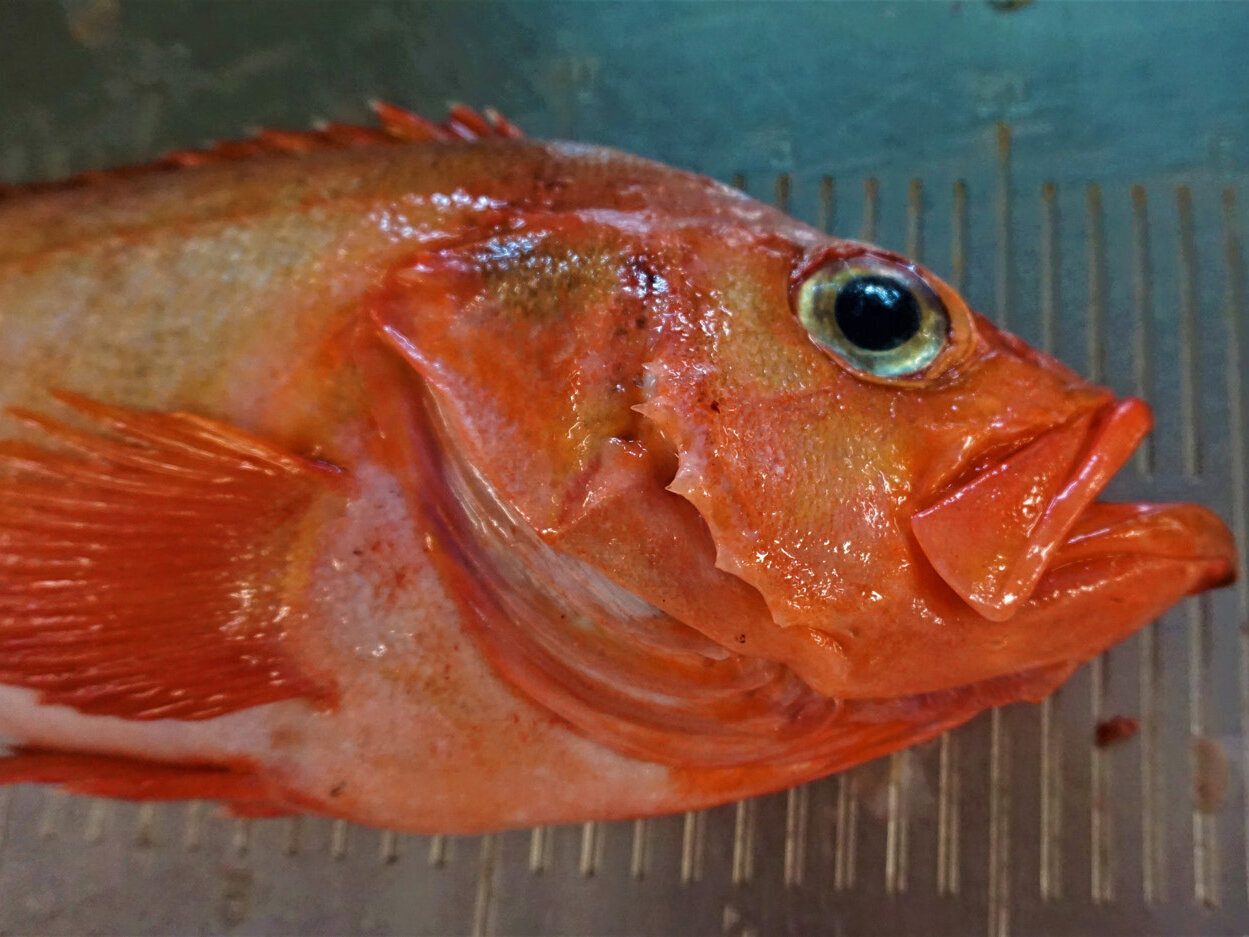
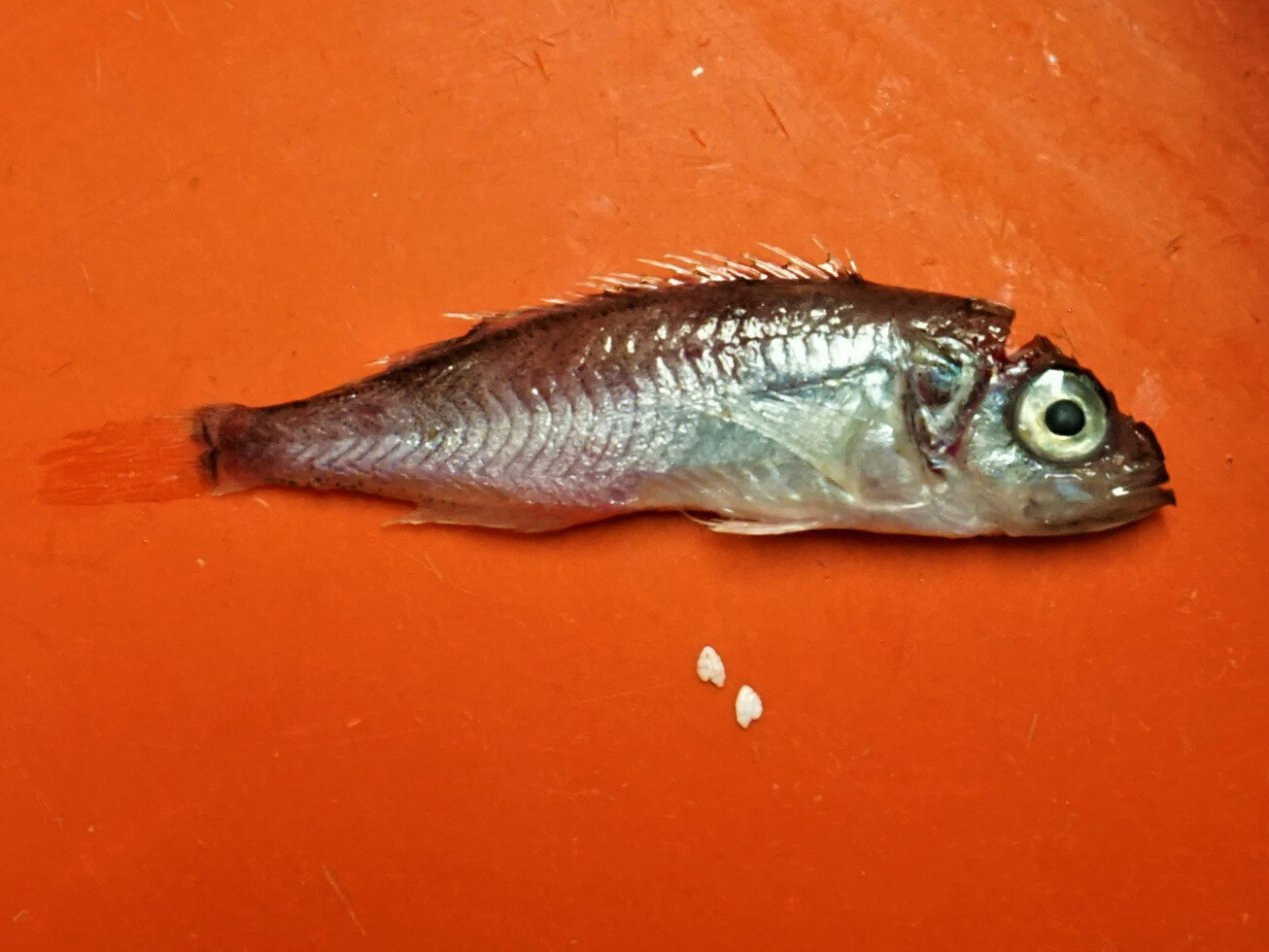
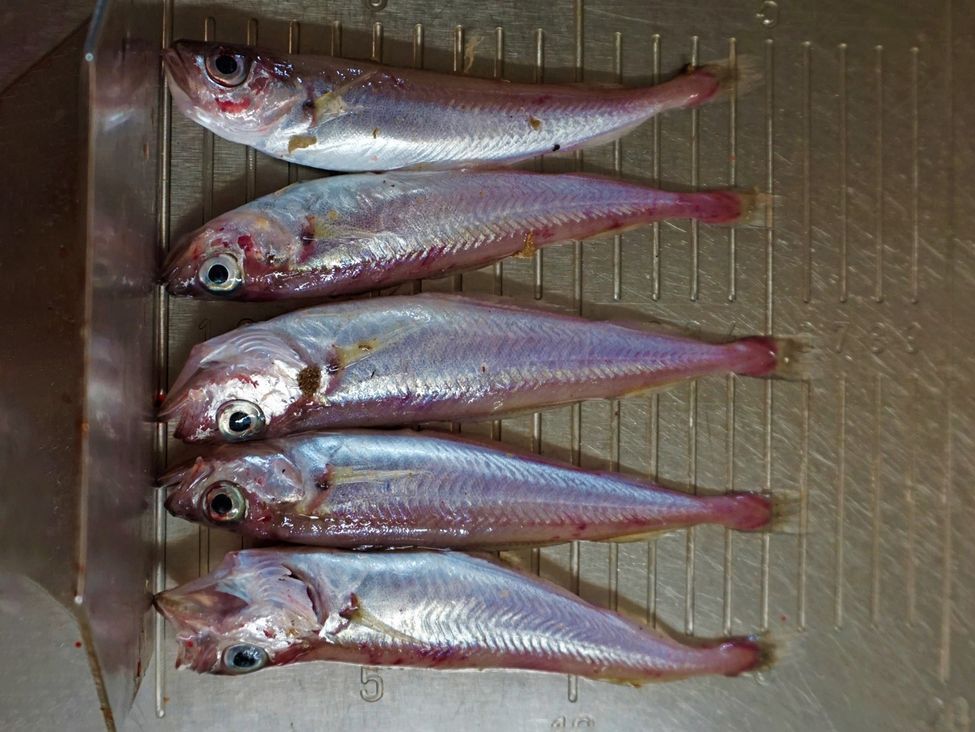
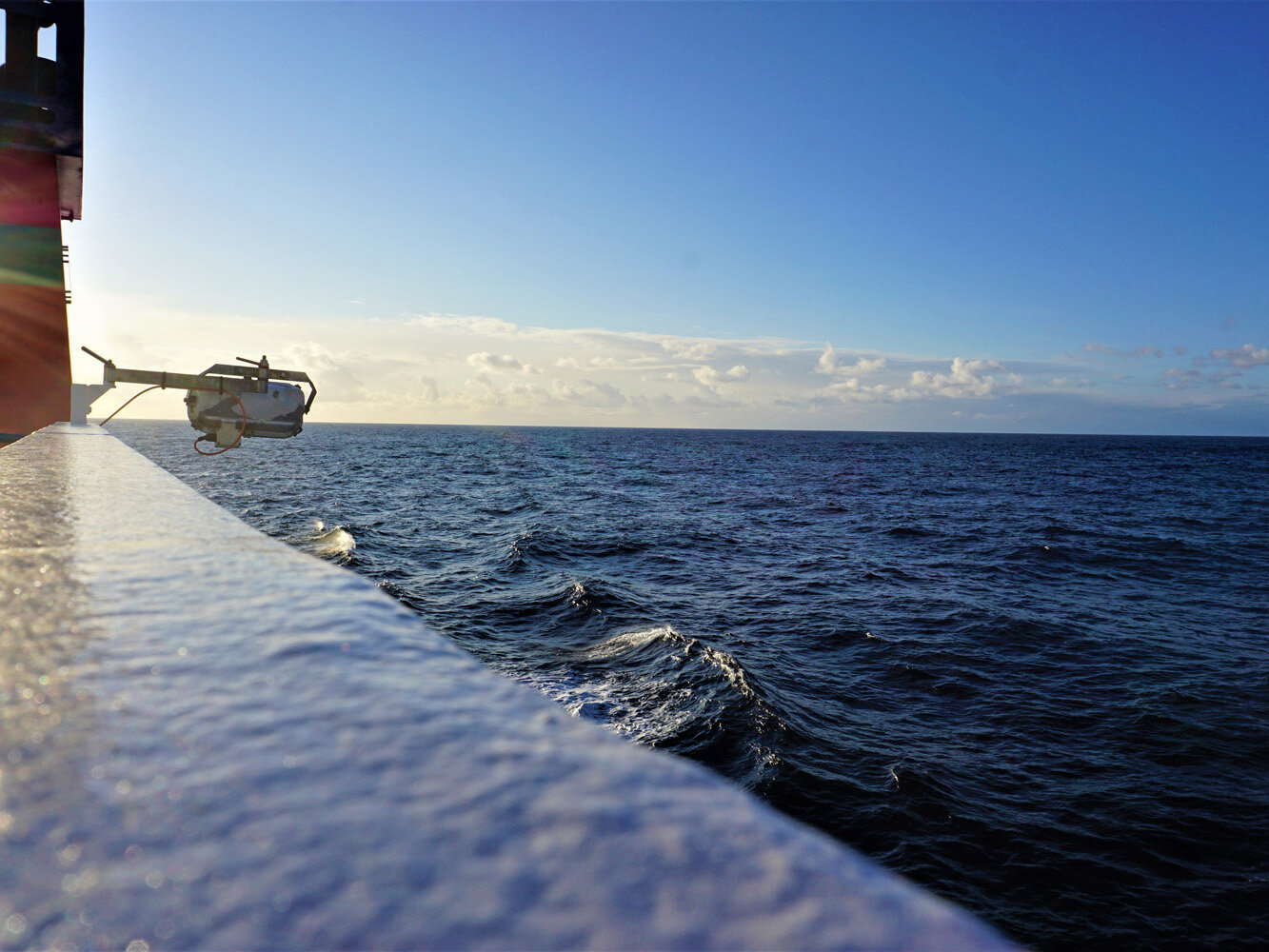
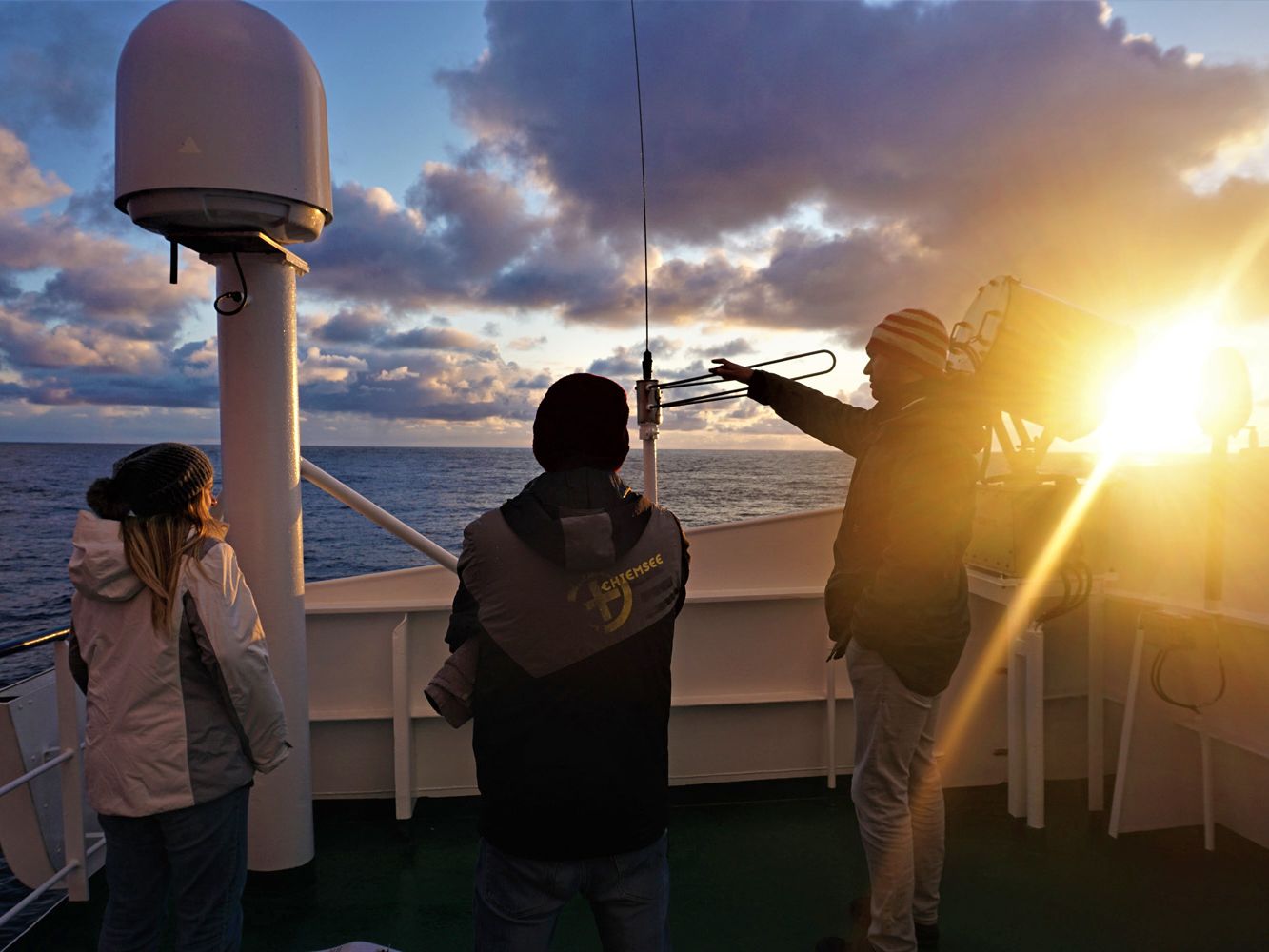
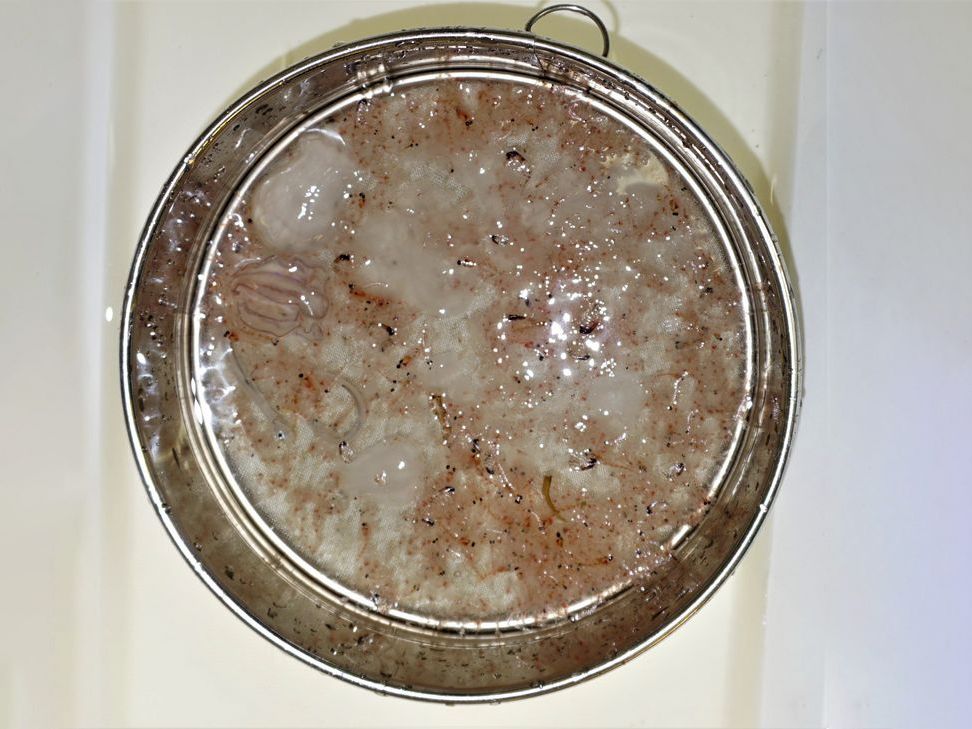
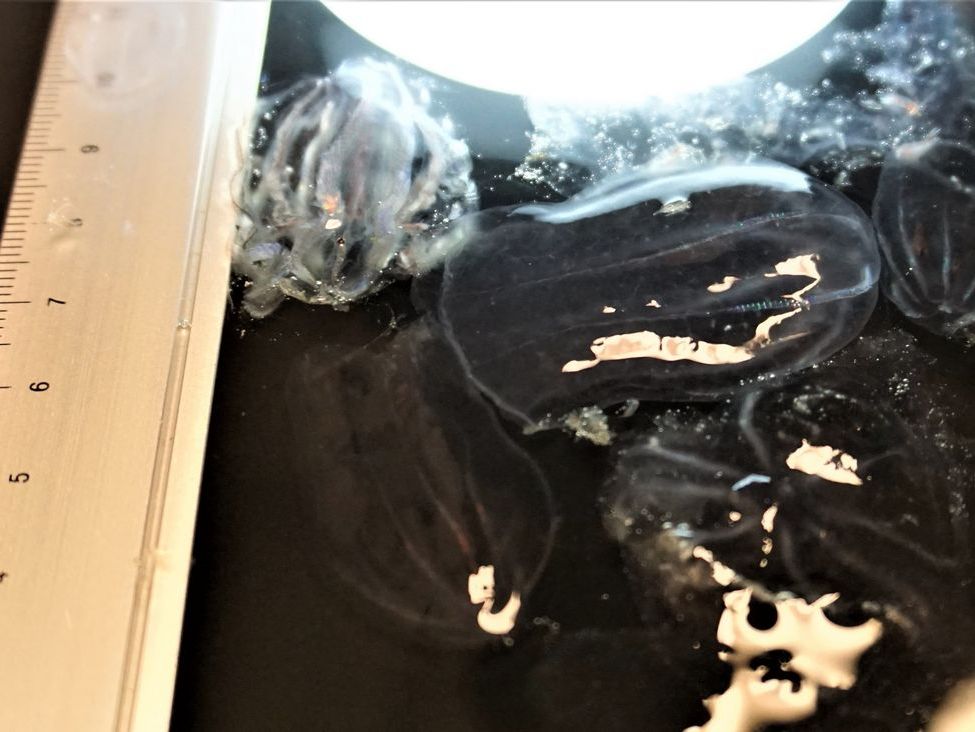
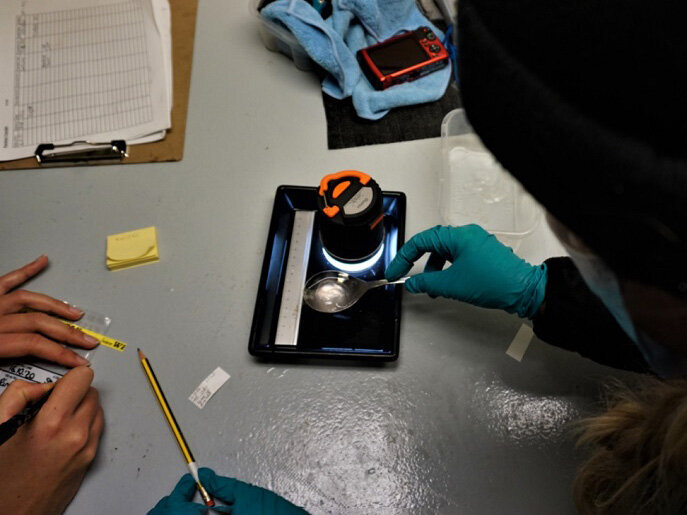
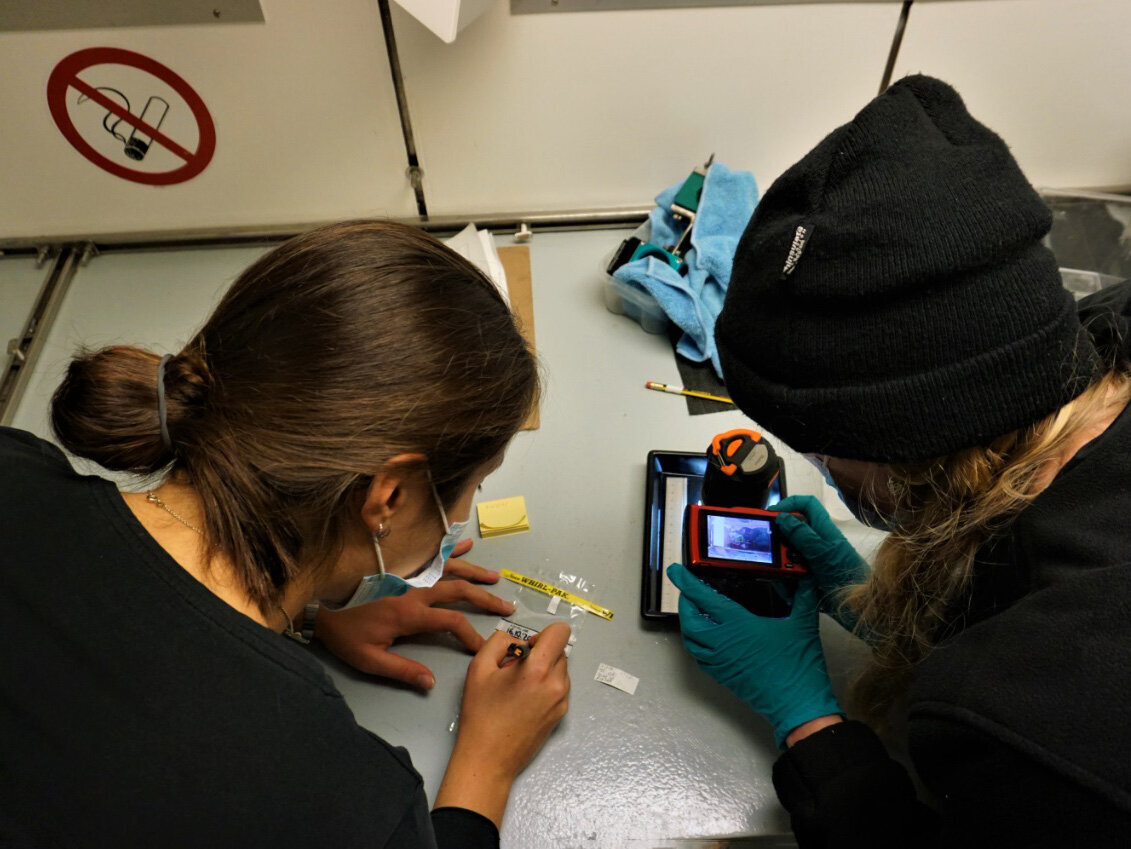
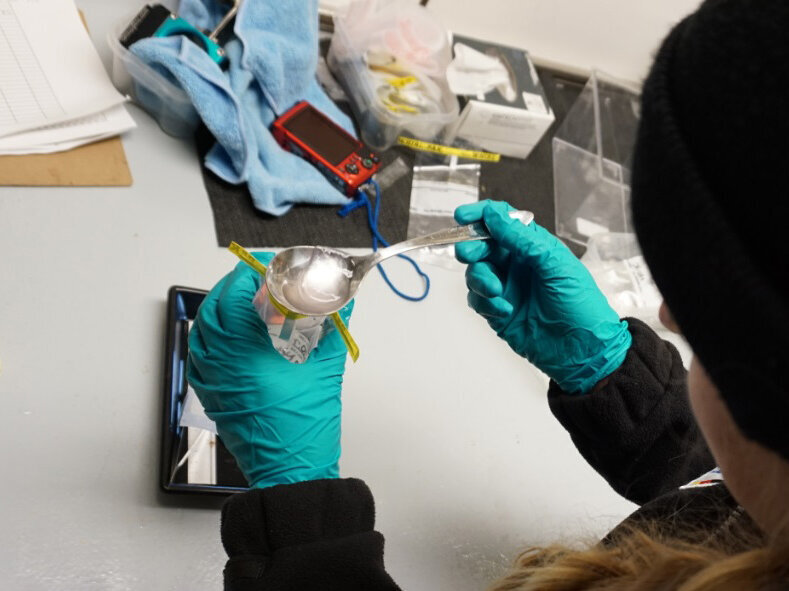
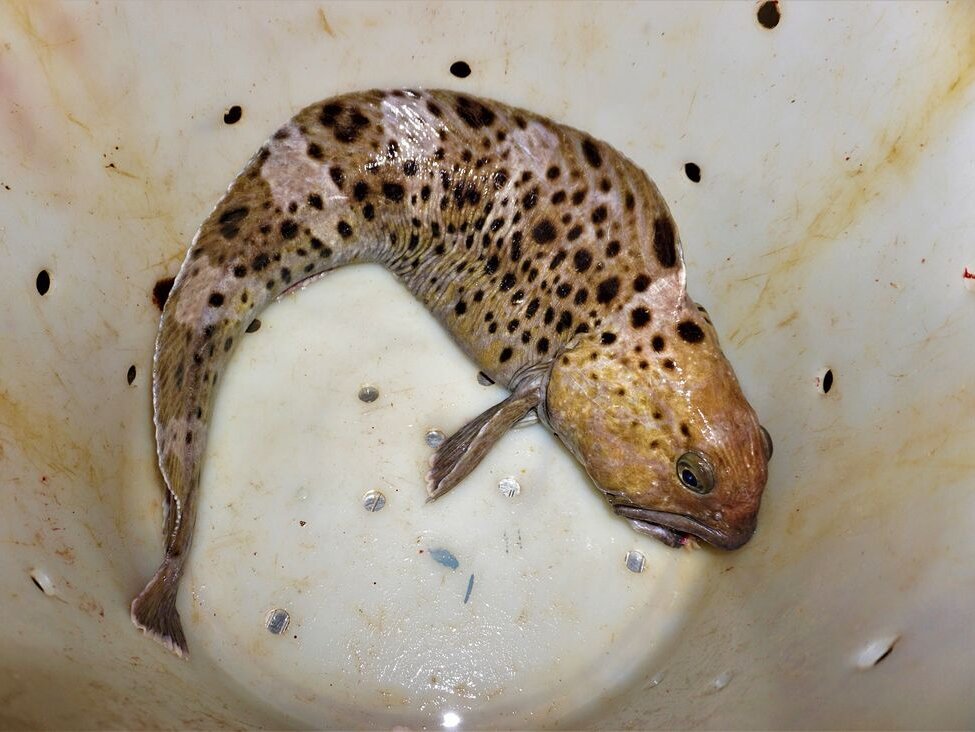
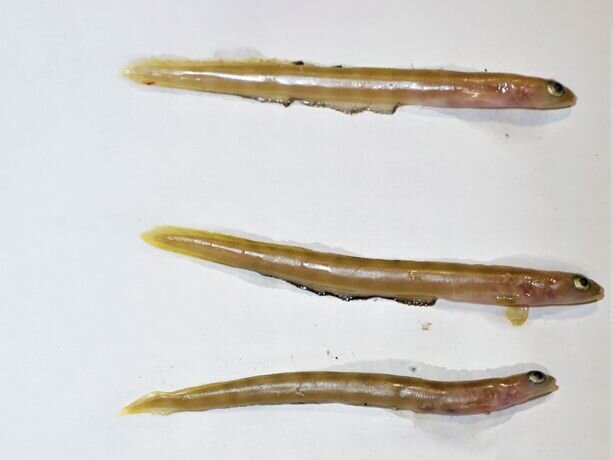
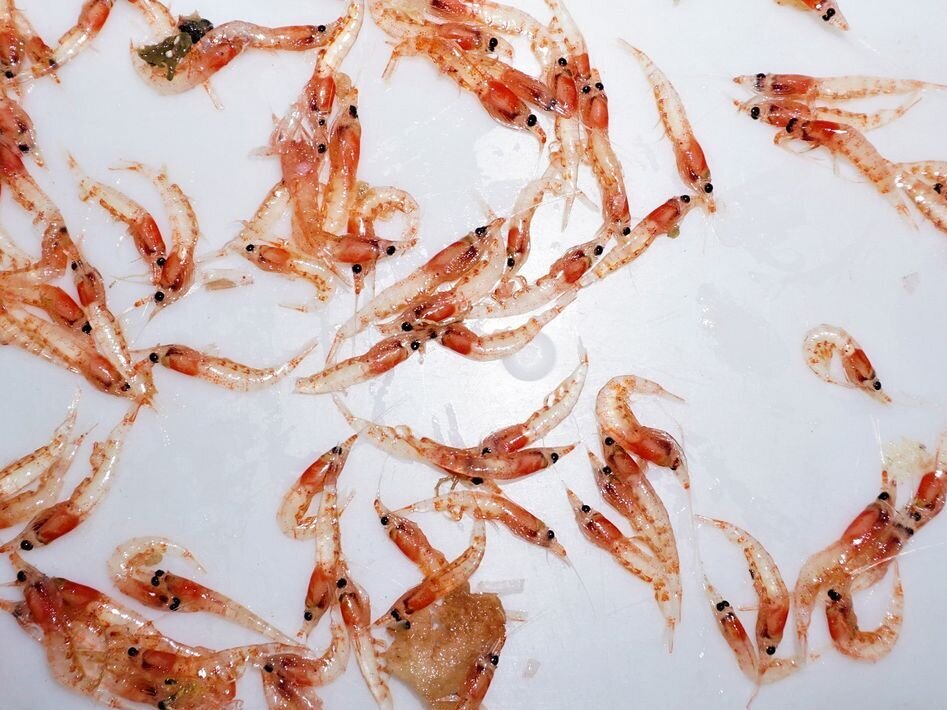
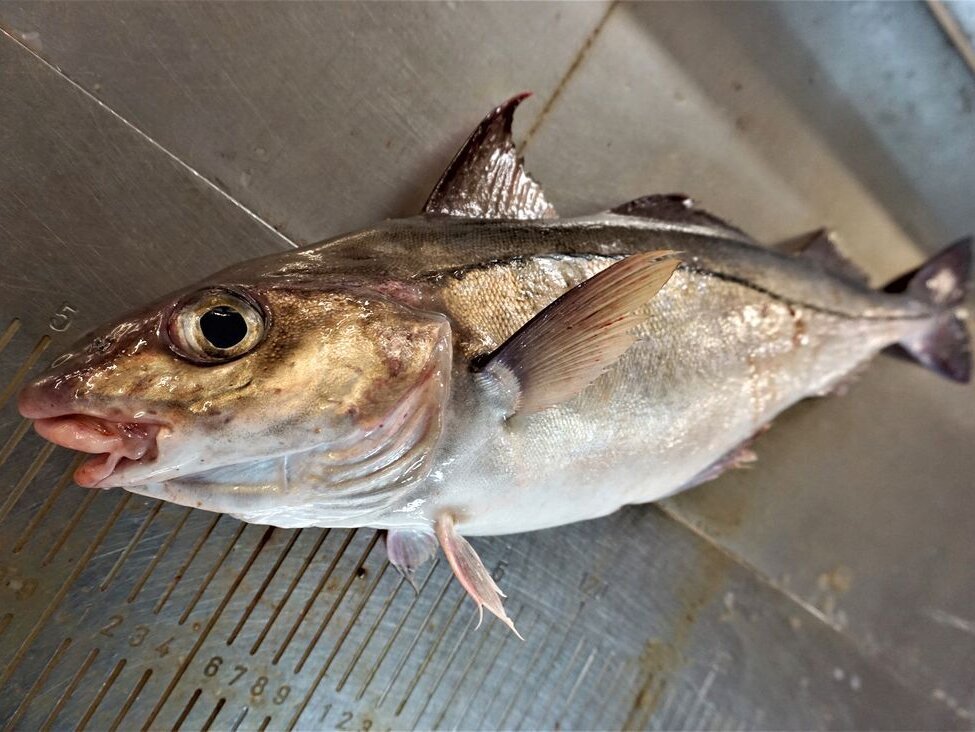
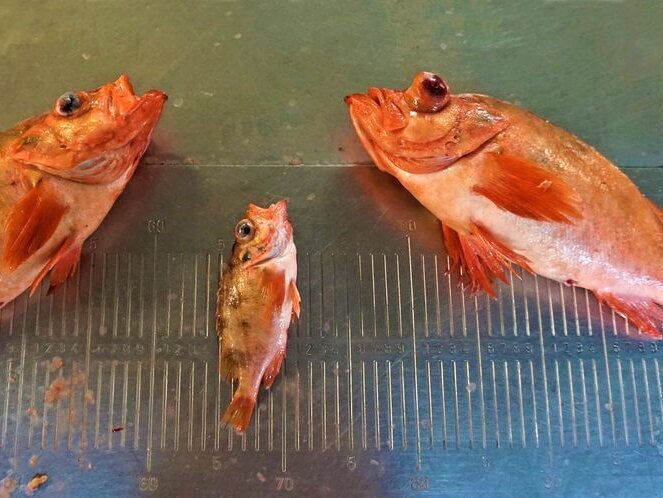
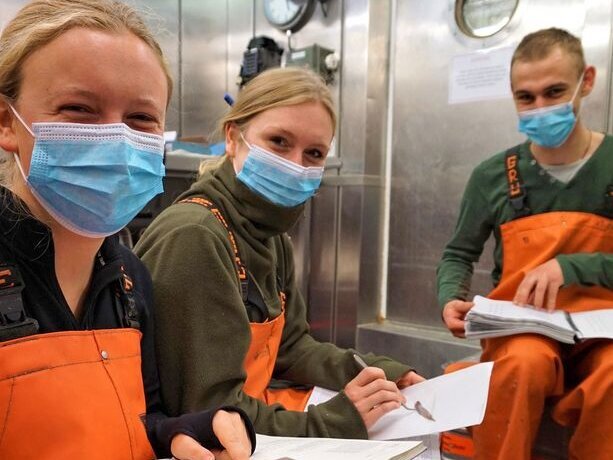
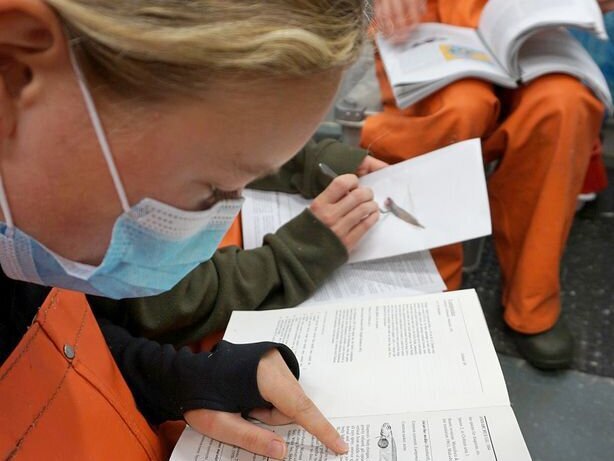
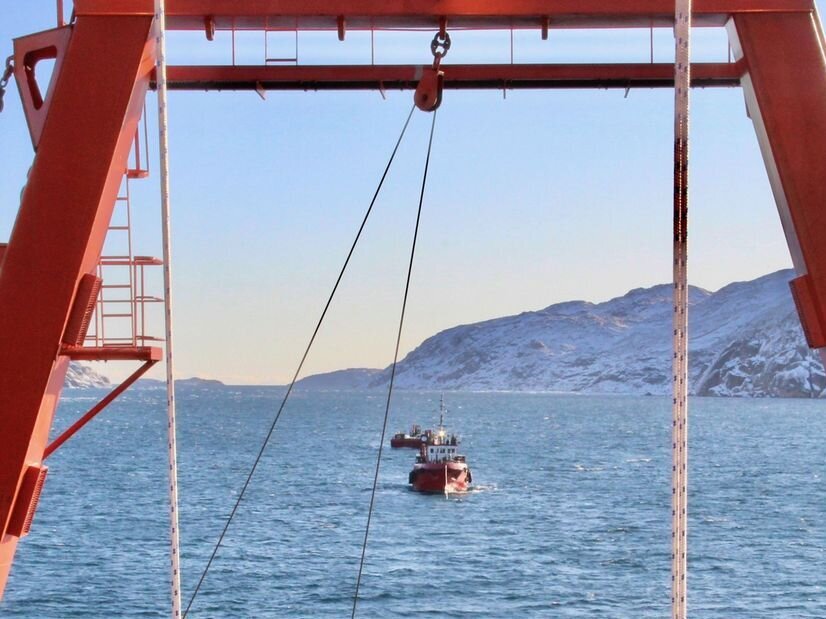
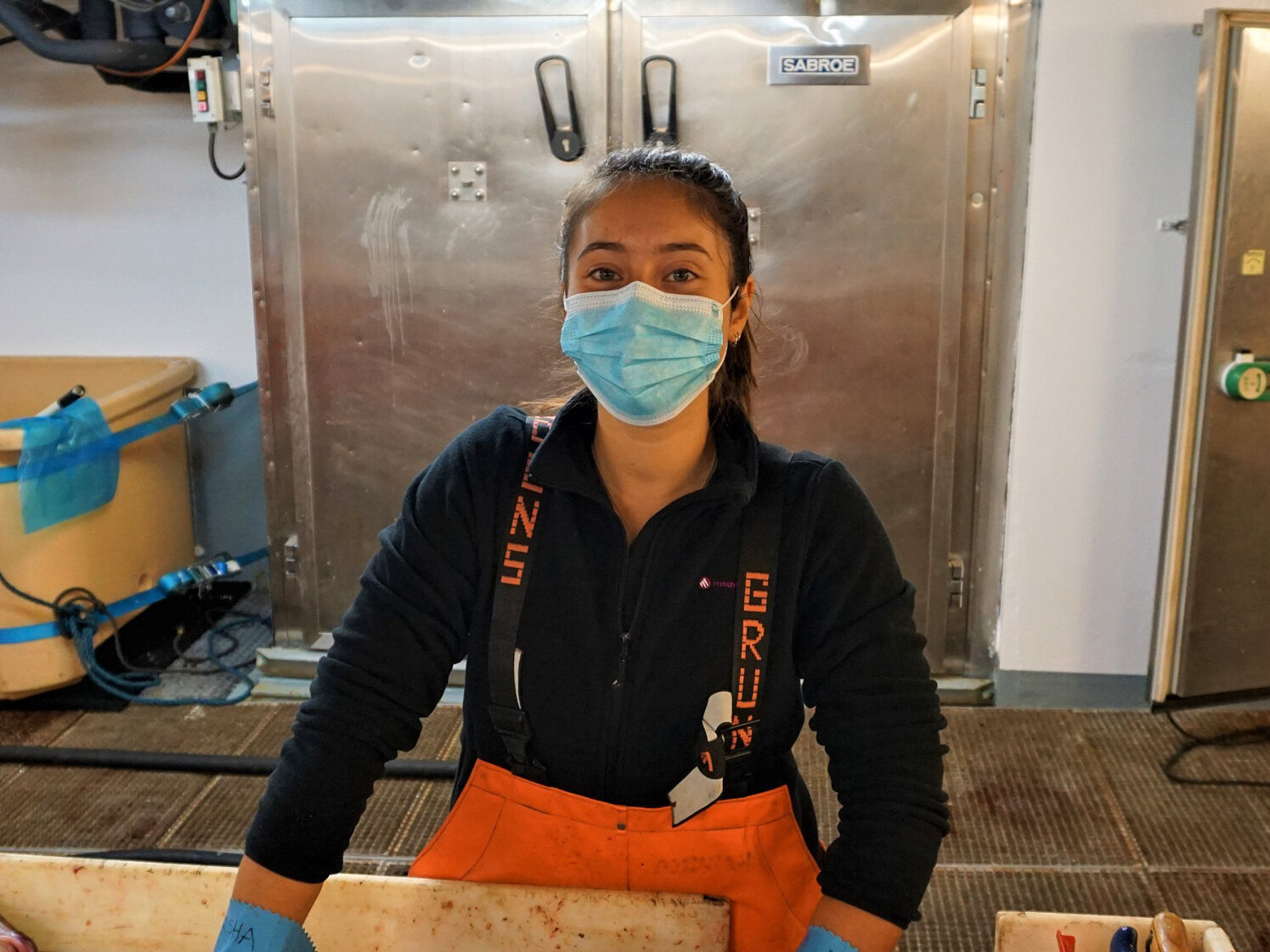
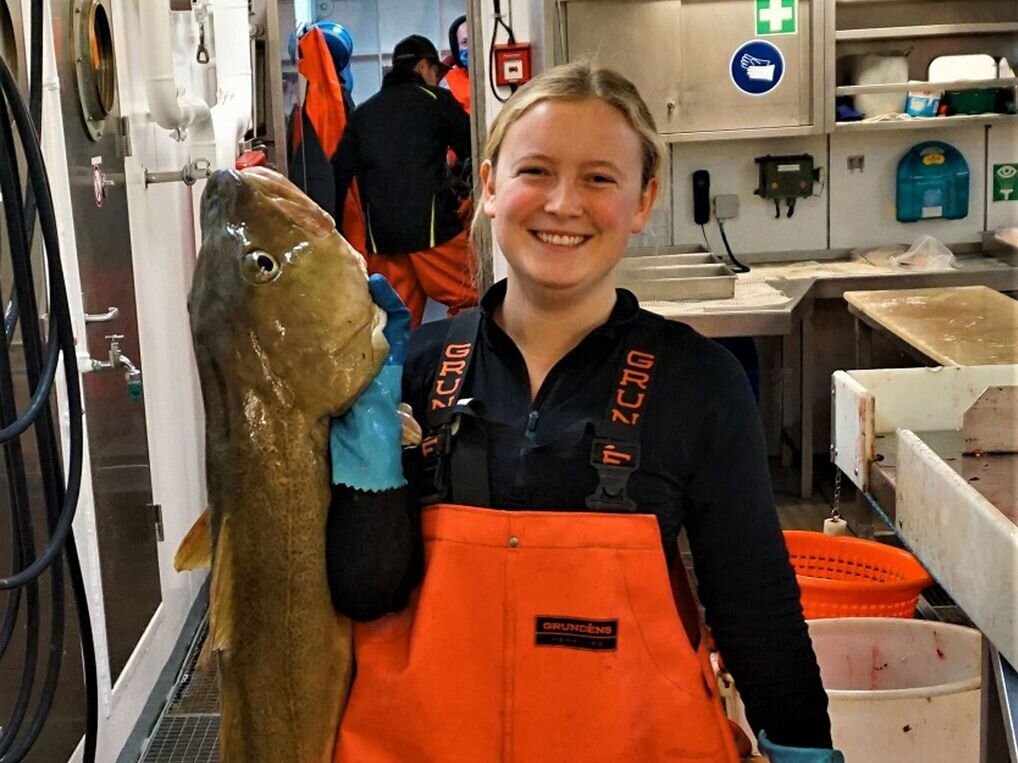
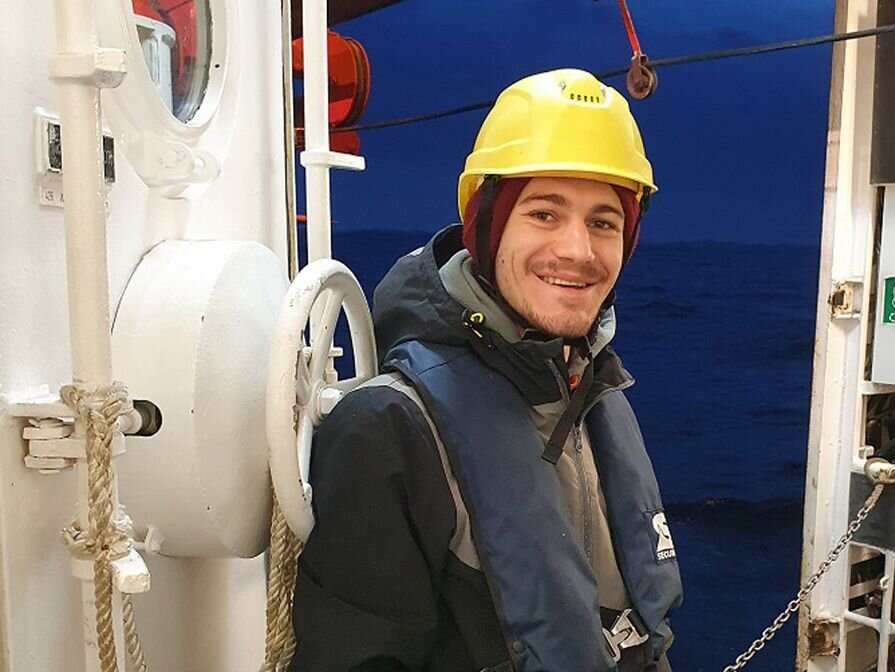
![[Translate to English:] Willkommen am grönländischen Institut für natürliche Ressourcen in Nuuk [Translate to English:] Mehrere Personen auf einer schneebedeckten Treppe an einem Gebäude an Land.](/media/_processed_/5/8/csm_Bild_1a_8f86525ee9.jpg)
![[Translate to English:] Qaqortoq [Translate to English:] Ein Ort auf Grönland mit Bucht, kleinen Schiffen und einer bergigen Kütse mit vielen kleineren und größeren Holzhäusern.](/media/_processed_/3/6/csm_Bild_2a_f697ff10e3.jpg)
![[Translate to English:] Qaqortoq II [Translate to English:] Eine Gruppe kleiner Holzhäuser am Wasser auf Grönland.](/media/_processed_/3/9/csm_Bild_3a_aa55b2fc80.jpg)
![[Translate to English:] Nuuk [Translate to English:] Die Landschaft auf Grönland mit wolkigem Himmel, Sonne, Bergen, Schnee und Wasser.](/media/_processed_/8/5/csm_Bild_4_8f22df8594.jpg)
![[Translate to English:] Die Walther Herwig im Hafen von Nuuk [Translate to English:] Die Walther Herwig ein einem verschneiten Hafen.](/media/_processed_/b/f/csm_Bild_5_db528abc99.jpg)
![[Translate to English:] Landgang! [Translate to English:] Mehrere Personen in einem schneebedeckten Hafen mit der Walter Herwig III im Hintergrund.](/media/_processed_/c/7/csm_Bild_6_1fa85543d6.jpg)
